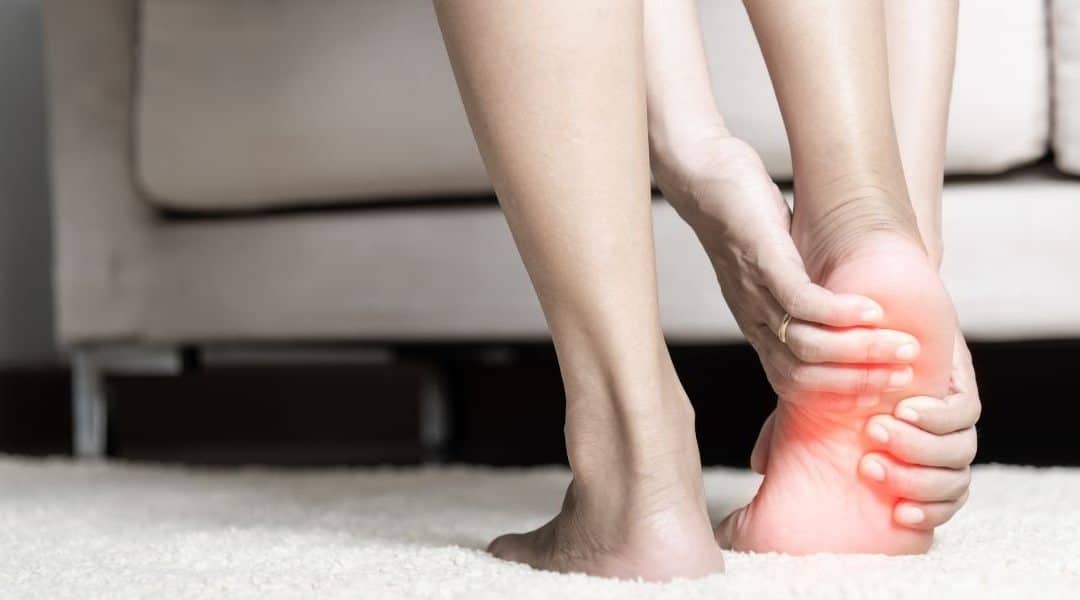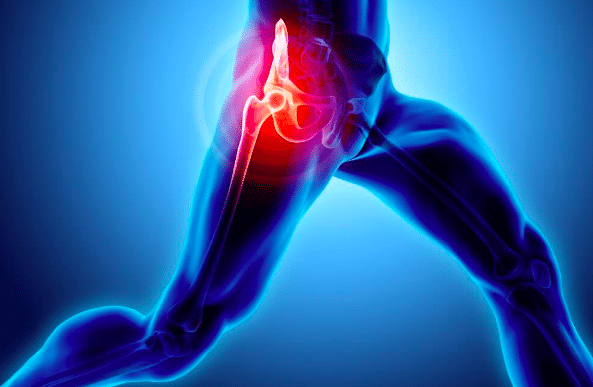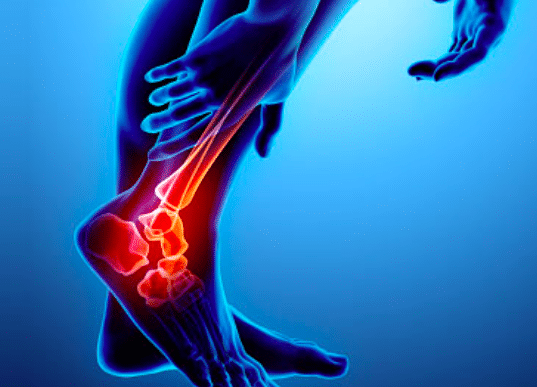Ankle and foot pain can disrupt your everyday life, making it difficult to walk, exercise, or even stand comfortably. At Winter Park Regenerative Medicine, we understand how crucial your mobility is—and how devastating chronic pain in your lower extremities can be. Whether caused by injury, inflammation, or an underlying condition, ankle foot pain requires timely and personalized treatment to restore function and quality of life.
In this comprehensive guide, we’ll explore everything you need to know about ankle and foot pain—its causes, symptoms, diagnosis, and the regenerative medicine solutions available at our clinic in Winter Park, Florida.
What Is Ankle Foot Pain?
Ankle foot pain refers to discomfort or soreness in the foot, ankle, or surrounding areas. It can be acute (short-term) or chronic (long-term), and vary in intensity from mild to severe. The pain can originate from bones, muscles, tendons, ligaments, or nerves.
Common Causes of Ankle and Foot Pain:
Ankle and foot pain can arise from a variety of conditions. Understanding the root cause is essential for effective treatment. Here are the most common culprits:
1. Sprains and Strains
Ankle sprains—especially inversion injuries—are one of the leading causes of acute foot and ankle pain. These occur when ligaments are overstretched or torn.
2. Plantar Fasciitis
Inflammation of the plantar fascia, the thick band of tissue that runs across the bottom of your foot, can cause stabbing heel pain, especially in the morning.
3. Arthritis
Osteoarthritis and rheumatoid arthritis can both affect the ankle joint, leading to stiffness, swelling, and pain that worsens over time.
4. Tendinitis
Tendons like the Achilles or posterior tibial tendon can become inflamed due to overuse, injury, or biomechanical issues.
5. Fractures
A fracture in any of the 26 bones in your foot or the 3 bones in your ankle can cause intense pain and swelling.
6. Bursitis
Inflammation of the bursae (fluid-filled sacs that cushion your joints) can result in significant discomfort, especially around the ankle joint.
7. Nerve Compression or Neuropathy
Conditions like tarsal tunnel syndrome, sciatica, or diabetic neuropathy can lead to shooting pain, burning, or numbness in the foot and ankle.
8. Flat Feet or High Arches
Abnormal foot structure can put extra strain on joints and tendons, leading to pain with prolonged standing or activity.
9. Achilles Tendon Rupture
A sudden pop followed by heel pain could indicate a tear in the Achilles tendon, often seen in athletes.
Risk Factors for Ankle and Foot Pain:
Several factors can increase your risk of developing ankle or foot pain:
- Age: Degenerative conditions like arthritis become more common with age.
- Obesity: Excess weight places added stress on your lower extremities.
- Activity Level: Athletes and runners are more prone to injuries and overuse conditions.
- Footwear: Poorly fitting shoes or high heels can alter foot biomechanics.
- Diabetes increases the risk of neuropathy and foot ulcers.
- Occupations Requiring Long Hours on Feet: Construction workers, retail employees, and nurses are commonly affected.Symptoms Associated With Ankle Foot Pain:
Symptoms vary depending on the underlying condition, but may include:
- Persistent pain in the heel, arch, or ankle
- Swelling and redness
- Stiffness or decreased range of motion
- Burning or tingling sensation
- Bruising or visible deformity
- Instability or difficulty bearing weight
- Pain that worsens with movement or rest
Early diagnosis can help prevent complications and chronic pain syndromes.
Diagnosing Ankle and Foot Pain:
At Winter Park Regenerative Medicine, our diagnostic approach includes:
1. Medical History
We evaluate your symptoms, lifestyle, and previous injuries to determine the possible cause.
2. Physical Examination
A thorough physical exam includes checking for swelling, tenderness, strength, and range of motion.
3. Imaging Tests
- X-rays reveal fractures and arthritis.
- MRI or CT scans show soft tissue injuries like torn ligaments or tendons.
- Ultrasound can help diagnose tendon and ligament issues in real-time.
4. Nerve Testing
Electromyography (EMG) or nerve conduction studies may be used if nerve damage is suspected.
Traditional Treatments for Ankle and Foot Pain:
Conventional treatment options include:
- Rest, Ice, Compression, and Elevation (RICE) – To start, this classic method helps reduce swelling and pain in the early stages of injury.
- Anti-Inflammatory Medications (NSAIDs) – Additionally, over-the-counter or prescribed NSAIDs can help manage pain and inflammation.
- Corticosteroid Injections – For more persistent pain, corticosteroid injections may provide targeted, temporary relief.
- Orthotic Devices or Shoe Inserts – Moreover, customized supports can improve alignment and reduce stress on affected areas.
- Physical Therapy – In many cases, guided exercises and stretching can restore strength, flexibility, and function.
- Surgery in Severe Cases (e.g., Tendon Repair, Joint Fusion, or Replacement) – Finally, when conservative treatments aren’t enough, surgical options may be necessary for long-term relief.
However, these treatments may offer only temporary relief or come with side effects and long recovery times.
Regenerative Medicine: A Breakthrough in Ankle and Foot Pain Relief
At Winter Park Regenerative Medicine, we focus on non-surgical, regenerative therapies designed to support and accelerate your body’s natural healing processes. These innovative treatments are especially effective for chronic pain, tendon injuries, and various degenerative conditions. Below are some of the cutting-edge options we offer:
1. Platelet-Rich Plasma (PRP) Therapy
To begin with, PRP therapy uses the healing power within your own blood. A small sample is drawn, then processed to concentrate the platelets before being injected into the affected area. These platelets release growth factors that:
- Stimulate tissue repair
- Reduce inflammation
- Enhance circulation
- Promote collagen production
Especially effective for: Plantar fasciitis, tendonitis, ligament injuries, mild arthritis
2. Stem Cell Therapy
Next, stem cell therapy offers powerful regenerative potential. We utilize mesenchymal stem cells—typically derived from bone marrow or adipose tissue—to repair and regenerate cartilage, tendons, and ligaments.
Especially effective for: Arthritis, cartilage loss, chronic ankle instability, degenerative tendon conditions
3. Prolotherapy
In addition, prolotherapy involves injecting a dextrose solution into damaged tissues. This mild irritant stimulates the body’s natural healing response by promoting new tissue growth and strengthening the affected area.
Especially effective for: Chronic ligament and tendon injuries, mild joint instability
4. Exosome Therapy
Finally, exosome therapy takes a high-tech approach to healing. Exosomes—tiny extracellular vesicles—facilitate cell-to-cell communication and play a key role in tissue regeneration and inflammation control.
Especially effective for: Nerve pain, chronic inflammation, degenerative foot and ankle issues
Why Choose Winter Park Regenerative Medicine?
Here’s why patients across Florida trust us for foot and ankle pain relief:
- Board-Certified Physicians Experienced in Regenerative Techniques – First and foremost, our team consists of highly qualified professionals with deep expertise in advanced regenerative care.
- Non-Surgical, Minimally Invasive Treatment Options – Additionally, we prioritize gentle, effective therapies that minimize downtime and discomfort.
- Personalized Plans Tailored to Your Condition and Lifestyle – Furthermore, every treatment plan is thoughtfully designed to align with your specific health needs and daily routine.
- State-of-the-Art Diagnostic Tools and Medical Equipment – In fact, we utilize cutting-edge technology to ensure precise diagnosis and targeted treatment.
- Focus on Long-Term Healing, Not Just Symptom Relief – Most importantly, our mission is to promote real recovery—not just temporary fixes.
Patient Success Story: Healing Chronic Plantar Fasciitis with PRP
Meet Emily, a 42-year-old nurse from Winter Park who suffered from plantar fasciitis for over a year. Conventional treatments, including orthotics and corticosteroid injection, have provided only temporary relief. After undergoing PRP therapy at our clinic, Emily began noticing improvement within weeks. Three months later, she returned to running pain-free and has remained symptom-free for over a year.
Preventing Ankle and Foot Pain:
Preventive measures can go a long way in maintaining healthy feet and ankles:
- Wear Proper Footwear with Arch Support – To start, choose shoes that support your arches and cushion your steps.
- Stretch Before and After Exercise – Additionally, stretching helps prevent injuries and keeps your feet flexible.
- Maintain a Healthy Weight – Not only does this reduce strain on your feet, but it also supports overall joint health.
- Avoid Overuse—Listen to Your Body – Furthermore, taking breaks and resting when needed can prevent long-term damage.
- Manage Chronic Conditions Like Diabetes – In particular, keeping conditions like diabetes under control is crucial for foot health.
- Schedule Routine Foot Exams – Lastly, regular check-ups—especially for athletes or those with diabetes—can catch issues early before they become serious.
When to See a Specialist:
You should see a regenerative medicine specialist at Winter Park Regenerative Medicine if:
- Pain Persists for More Than a Few Days – First and foremost, ongoing pain is a clear sign that something deeper may be wrong.
- There’s Swelling or Bruising – Additionally, visible inflammation can indicate tissue damage that needs attention.
- You Notice Instability or Difficulty Walking – Moreover, if your joint feels weak or unstable, it’s time to seek professional evaluation.
- Pain Disrupts Sleep or Daily Activity – Worse yet, if discomfort interferes with rest or routine tasks, it shouldn’t be ignored.
- You’ve Tried Traditional Treatments Without Lasting Relief – Finally, if rest, ice, or over-the-counter remedies haven’t worked, it may be time to explore more advanced options.
Schedule Your Consultation Today:
At Winter Park Regenerative Medicine, we believe in healing the source, not just masking the symptoms. If you’re suffering from chronic ankle foot pain, you don’t have to rely on surgery or medications with side effects. Our regenerative treatments have helped hundreds of patients regain mobility, reduce pain, and reclaim their active lives. Contact us today to schedule your consultation and explore your customized healing plan.
???? Visit Us: Winter Park, Florida
???? Call Now: (321) 972-6833
???? Website: https://winterparkregenerativemedicine.com
Final Thoughts:
Ankle and foot pain can be debilitating, but with the right treatment, you can get back to doing the things you love. Regenerative medicine offers a safe, non-invasive alternative to surgery and long-term medications, targeting the root cause of your pain and enhancing your body’s own healing power.
If you’re ready to take the first step toward lasting relief, the team at Winter Park Regenerative Medicine is here to help.



